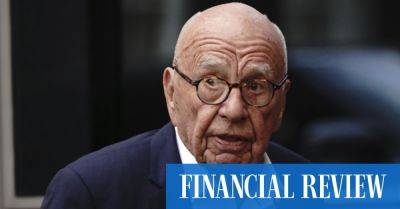Dollar eases versus euro as investors ponder Fed, ECB rate paths
By Joice Alves and Ankur Banerjee
LONDON/SINGAPORE (Reuters) — The dollar slid from a 12-week peak on Monday as traders weighed U.S. and European central bankers' monetary options after last week's Jackson Hole meeting, while Beijing's decision to halve stamp duty on stock trading helped to lift the euro.
The dollar index, which measures the U.S. currency against six peers, edged 0.08 lower to 104.08 after hitting its highest since early June on Friday. The index is up more than 2% in August and set to snap a two-month losing streak.
Fed Chair Jerome Powell told the annual Jackson Hole Economic Policy Symposium the central bank may need to lift interest rates further to finish the job of lowering inflation on a sustained basis.
Markets anticipate an 80% chance of the Fed standing pat next month, the CME FedWatch, tool showed, but the probability of a 25 basis point hike in November is at 51% versus 33% a week earlier.
«It remains unlikely we get a hike from the Fed in September,» Chris Weston, head of research at Pepperstone, said. «But November is shaping up to be a 'live' event, where data points have the potential to throw interest rate expectations around.»
«When many other G10 central banks are already priced for an extended pause, the Fed potentially going again in November is supporting the dollar,» Weston said.
A series of strong U.S. economic data releases has helped to ease worries of a recession, but with inflation still above the Fed's target, some investors worry the U.S. central bank will keep interest rates high for longer.
With the Fed highlighting the importance of the upcoming U.S. economic data, investors' focus this week will be on reports on payrolls, core inflation and consumer spending.
«If the
Read more on investing.com
























